Description
Objective:
- Evaluate the load-bearing capacity of the vehicle body under static and dynamic impacts.
- Determine the stiffness of the components making up the vehicle body and their interactions.
- Predict the deformation and stress of the vehicle body under various load conditions.
- Improve the vehicle’s dynamic performance and safety by optimizing the stiffness of the vehicle body.
Requirements:
- Modeling the Vehicle Body: Use simulation software such as ANSYS, Abaqus, or LS-DYNA to create a detailed 3D model of the vehicle body.
- Material Identification and Properties: Provide detailed information about the materials of the vehicle body components, including Young’s modulus, Poisson’s ratio, and yield strength.
- Applying Loads: Identify the static and dynamic loads the vehicle body will endure, such as impact forces, gravitational loads, and wind loads.
- Result Analysis: Interpret the simulation results, including the deformation, stress, and stiffness of the vehicle body.
- Comparison with Experimental Results: Conduct experimental tests to validate the accuracy of the simulations.
Results:
- Deformation and stress maps of the vehicle body under different load conditions.
- Values of the static and dynamic stiffness of the vehicle body and its components.
- Analysis of weak points and high-risk areas in the vehicle body design.
- Design improvement suggestions to enhance the stiffness and performance of the vehicle body.
Applications:
- Vehicle Body Design: Use simulation and experimental results to optimize the vehicle body design, ensuring maximum stiffness and performance.
- Crash Analysis: Predict the level of damage to the vehicle body in case of collisions and improve the vehicle’s safety performance.
- New Material Development: Evaluate the effectiveness of new materials in enhancing the stiffness and performance of the vehicle body.
- Quality Control: Use simulations and experiments to check the quality of the vehicle body and detect potential defects.




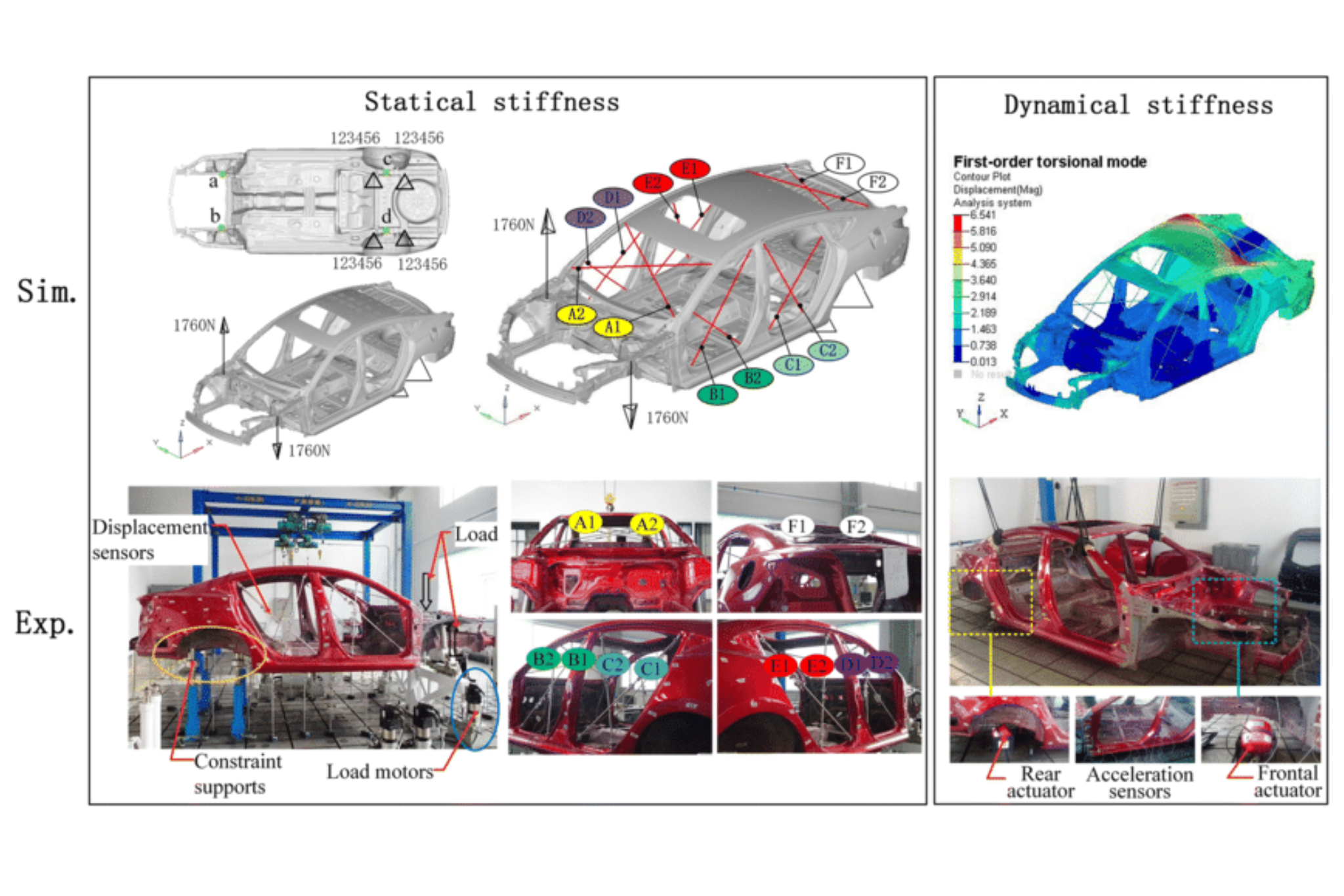
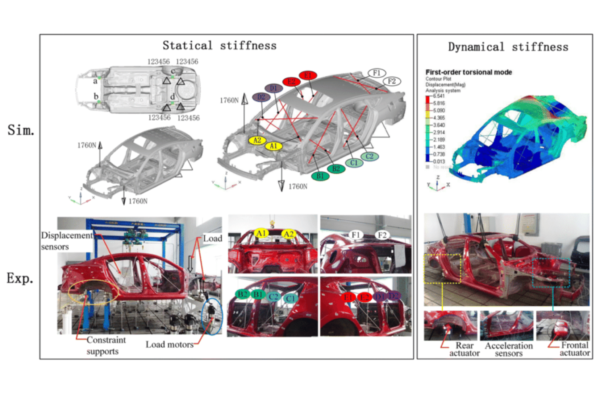
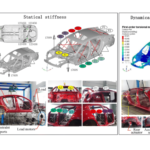
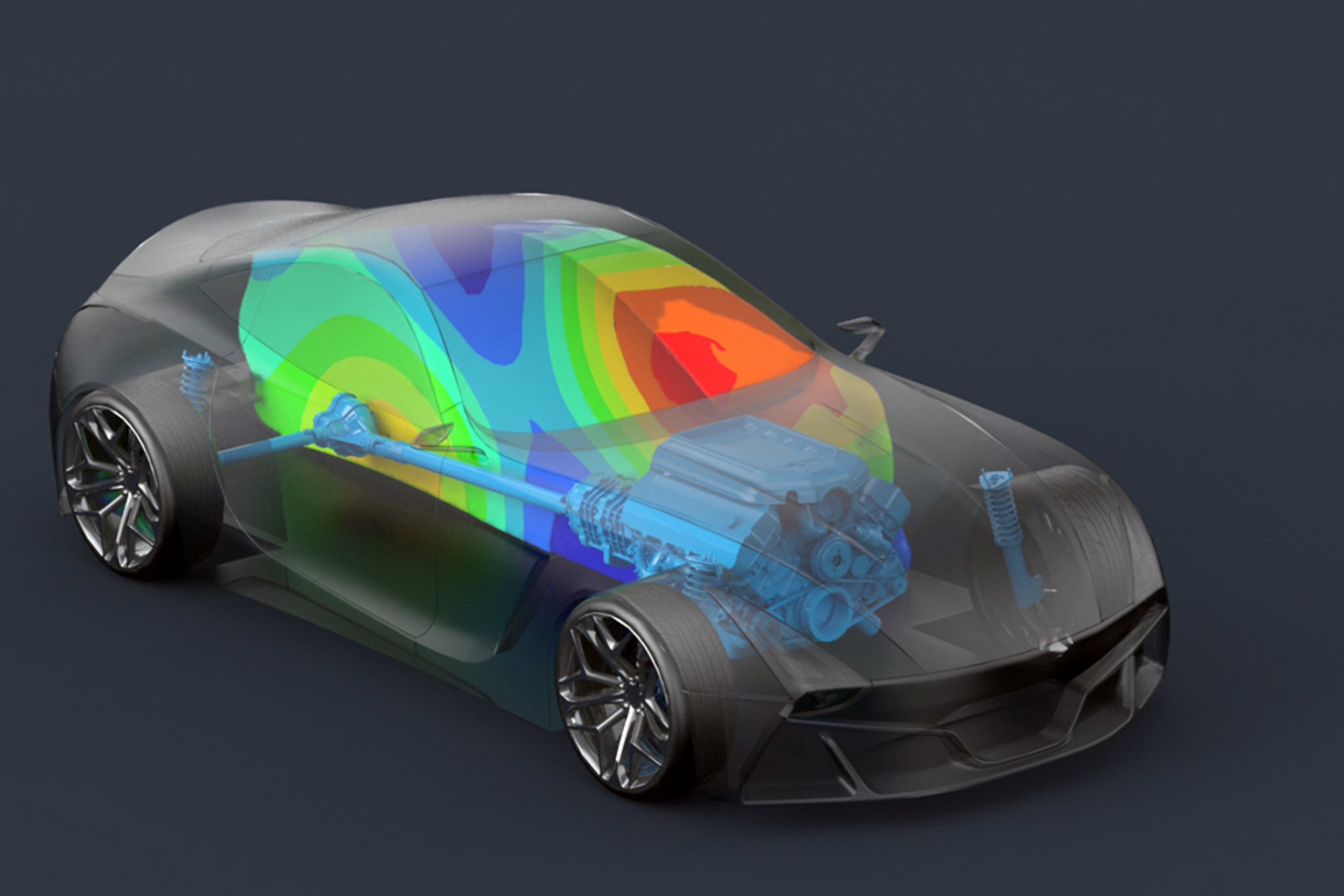


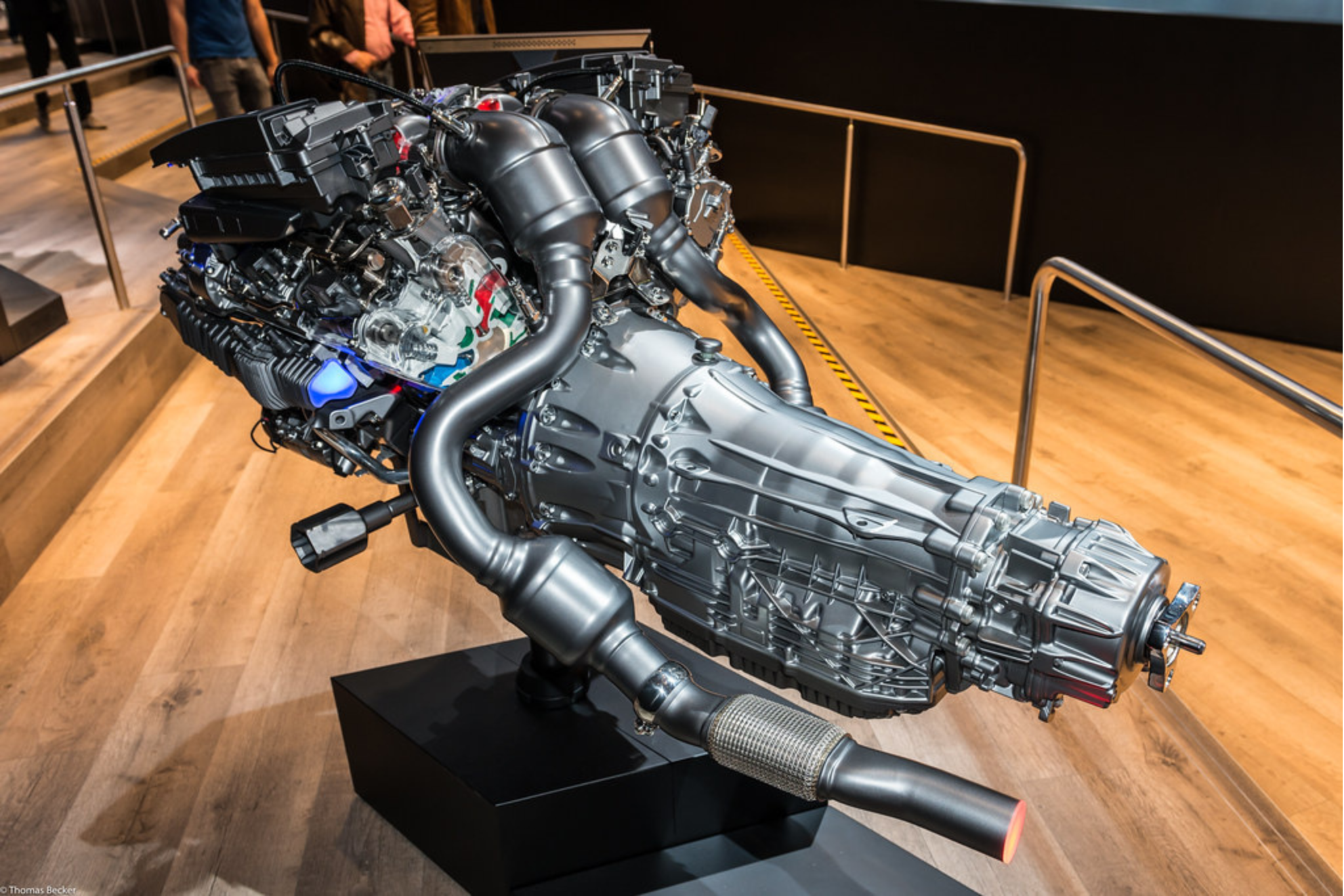





Reviews
There are no reviews yet.